Zefiro Ensemble, Alfredo Bernardini - Vivaldi - Concerti per vari strumenti (2005)
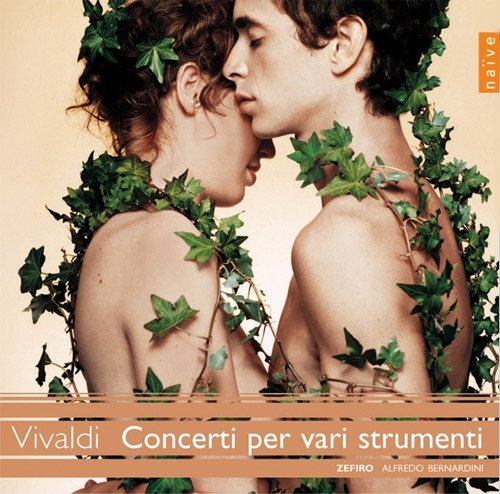
Artist: Zefiro Ensemble, Alfredo Bernardini
Title: Vivaldi - Concerti per vari strumenti
Year Of Release: 2005
Label: Naïve
Genre: Classical
Quality: FLAC (tracks+.cue,log,scans)
Total Time: 01:04:07
Total Size: 352 Mb
WebSite: Album Preview
Tracklist: Title: Vivaldi - Concerti per vari strumenti
Year Of Release: 2005
Label: Naïve
Genre: Classical
Quality: FLAC (tracks+.cue,log,scans)
Total Time: 01:04:07
Total Size: 352 Mb
WebSite: Album Preview
1-3. Concerto for 2 clarinets, 2 oboes, strings & continuo in C major, RV 559
4-6. Bassoon Concerto, for bassoon, strings & continuo in A minor, RV 497
7-9. Concerto for 2 violins, 2 recorders, 2 oboes, bassoon, strings & continuo in D minor, RV 566
10-12. Double Oboe Concerto for 2 oboes, strings & continuo in C major, RV 534
13-15. Double Concerto, for violin & oboe, strings & continuo in B flat major, RV 548
16-18. Oboe Concerto, for oboe, strings & continuo in D minor, Op. 8/9, RV 454
19-21. Concerto for 2 clarinets, 2 oboes, strings & continuo in C major, RV 560
Performers:
Oboe: Paolo Grazzi, Alfredo Bernardini
Clarinet: Lorenzo Coppola, Daniele Latini
Bassoon: Alberto Grazzi
Violin: Stefano Montanari, Stefano Rossi
Ensemble: Zefiro Ensemble
Conductor: Alfredo Bernardini
Few people nowadays seriously believe Vivaldi wrote the same concerto five hundred times. But the view that there is little variety in Vivaldi's oeuvre is still widely held. Louis T. Vatoison, in the programme notes to this recording, has a strongly different perception: "a Vivaldi concerto must (...) be seen as an individual 'snapshot', whose instrumental layout or formal structure implicitly reveal at what period, and sometimes even for whom it was written". The music on this disc gives ample evidence for this view.
Like his German contemporary Telemann Vivaldi composed for almost any kind of instrument in vogue in his time. Many of these instruments were taught at the Ospedale della Pietà, where Vivaldi worked for many years. The exception is the bassoon, and therefore it is likely the concertos with a solo bassoon part were written for other occasions than to be performed by the girls of the Ospedale.
What one normally expects from a Vivaldi concerto, a clear distinction between ritornelli and solo passages, can be found here in the two concertos for two oboes and two clarinets, which open and end the programme, as well as the two solo concertos, for oboe and bassoon respectively. But the Concerto in d minor (RV 566) is radically different. Here the solo parts and the ritornelli are completely interwoven, which leads Vatoison to suggest that it had been written for the court orchestra of Dresden. Here Johann David Heinichen worked as Kapellmeister from 1717 until his death in 1729, and his concertos and this concerto by Vivaldi are much alike. I would like to refer here to the excellent recording of some of Heinichen's concertos by Musica antiqua Köln on Archiv.
The way the instruments are treated is also very different. In the opening allegro of the Concerto for two oboes in C (RV 534) the oboes are mainly colouring the strings. This explains the title of this piece: 'concerto con due oboi' (with two oboes) instead of 'per due oboi' (for two oboes). This didn't hold the producers back from entitling this concerto in the tracklist as 'per 2 oboi'. The oboes are mainly playing parallel to each other. In the Concerto for violin and oboe (RV 548), on the other hand, the solo parts are strongly independent.
One also expects a lot of virtuosity in Vivaldi's concertos, and in the pieces played here there is certainly plenty of that. But there is also much expression and lyricism, in particular in the two solo concertos. The bassoon concerto has been written in galant style, which suggests that it is a work from a later period in Vivaldi's career. He wrote almost forty concertos for the bassoon, and he must have had a specific player in mind, whose identity is still unknown. There is much lyricism in this concerto, which may come as a surprise to those who consider the bassoon as an instrument mainly to support the bass or for comical effects. The oboe concerto contains much chromaticism and, in particular in the first movement, sighing motifs. The whole piece has a subdued and rather gloomy atmosphere, which is strongly reflected in the colour of the oboe.
And that Vivaldi, just like Telemann, was a master in exploiting the specific features of instruments is demonstrated by the two concertos RV 539 and 560, where he contrasts the cackling of the oboes with the mellow, soft-edged clarinets.
The performance of these concertos on this disc can hardly be surpassed. The ensemble playing is brilliant, and all soloists give outstanding performances. One hears all too rarely a bassoon played in such a colourful way as here in the Concerto RV 497. There is some exquisite ornamentation in the largo of the oboe concerto, played by Alfredo Bernardini. The last movement of the Concerto RV 534 is a good example of Zefiro's playing: it's not just the speed with which it is played, but also the strong sense of rhythm and the heavy accents which make it very exciting. Here and elsewhere the players are not afraid to take liberties where they see an opportunity, without crossing the border of good taste.
In short: this recording is an eye-opener for everyone who may think he knows Vivaldi after having heard a handful of pieces. It shows all the colours of Vivaldi's rainbow oeuvre. And it is difficult to imagine a more colourful, bold and technically brilliant performance than Zefiro offers here. -- Johan van Veen
Like his German contemporary Telemann Vivaldi composed for almost any kind of instrument in vogue in his time. Many of these instruments were taught at the Ospedale della Pietà, where Vivaldi worked for many years. The exception is the bassoon, and therefore it is likely the concertos with a solo bassoon part were written for other occasions than to be performed by the girls of the Ospedale.
What one normally expects from a Vivaldi concerto, a clear distinction between ritornelli and solo passages, can be found here in the two concertos for two oboes and two clarinets, which open and end the programme, as well as the two solo concertos, for oboe and bassoon respectively. But the Concerto in d minor (RV 566) is radically different. Here the solo parts and the ritornelli are completely interwoven, which leads Vatoison to suggest that it had been written for the court orchestra of Dresden. Here Johann David Heinichen worked as Kapellmeister from 1717 until his death in 1729, and his concertos and this concerto by Vivaldi are much alike. I would like to refer here to the excellent recording of some of Heinichen's concertos by Musica antiqua Köln on Archiv.
The way the instruments are treated is also very different. In the opening allegro of the Concerto for two oboes in C (RV 534) the oboes are mainly colouring the strings. This explains the title of this piece: 'concerto con due oboi' (with two oboes) instead of 'per due oboi' (for two oboes). This didn't hold the producers back from entitling this concerto in the tracklist as 'per 2 oboi'. The oboes are mainly playing parallel to each other. In the Concerto for violin and oboe (RV 548), on the other hand, the solo parts are strongly independent.
One also expects a lot of virtuosity in Vivaldi's concertos, and in the pieces played here there is certainly plenty of that. But there is also much expression and lyricism, in particular in the two solo concertos. The bassoon concerto has been written in galant style, which suggests that it is a work from a later period in Vivaldi's career. He wrote almost forty concertos for the bassoon, and he must have had a specific player in mind, whose identity is still unknown. There is much lyricism in this concerto, which may come as a surprise to those who consider the bassoon as an instrument mainly to support the bass or for comical effects. The oboe concerto contains much chromaticism and, in particular in the first movement, sighing motifs. The whole piece has a subdued and rather gloomy atmosphere, which is strongly reflected in the colour of the oboe.
And that Vivaldi, just like Telemann, was a master in exploiting the specific features of instruments is demonstrated by the two concertos RV 539 and 560, where he contrasts the cackling of the oboes with the mellow, soft-edged clarinets.
The performance of these concertos on this disc can hardly be surpassed. The ensemble playing is brilliant, and all soloists give outstanding performances. One hears all too rarely a bassoon played in such a colourful way as here in the Concerto RV 497. There is some exquisite ornamentation in the largo of the oboe concerto, played by Alfredo Bernardini. The last movement of the Concerto RV 534 is a good example of Zefiro's playing: it's not just the speed with which it is played, but also the strong sense of rhythm and the heavy accents which make it very exciting. Here and elsewhere the players are not afraid to take liberties where they see an opportunity, without crossing the border of good taste.
In short: this recording is an eye-opener for everyone who may think he knows Vivaldi after having heard a handful of pieces. It shows all the colours of Vivaldi's rainbow oeuvre. And it is difficult to imagine a more colourful, bold and technically brilliant performance than Zefiro offers here. -- Johan van Veen
DOWNLOAD FROM ISRA.CLOUD
Zefiro Ensemble, Alfredo Bernardini Vivaldi Concerti per vari strumenti 05 0311.rar - 340.3 MB
Zefiro Ensemble, Alfredo Bernardini Vivaldi Concerti per vari strumenti 05 0311.rar - 340.3 MB
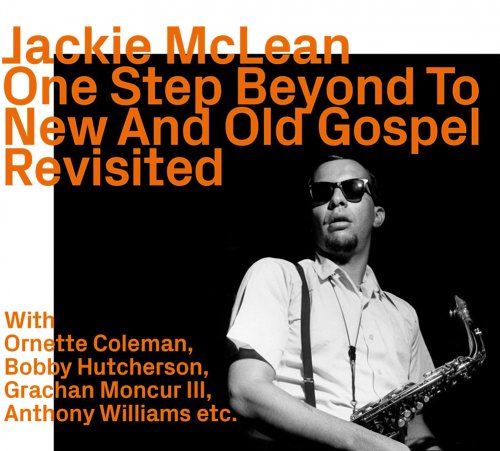
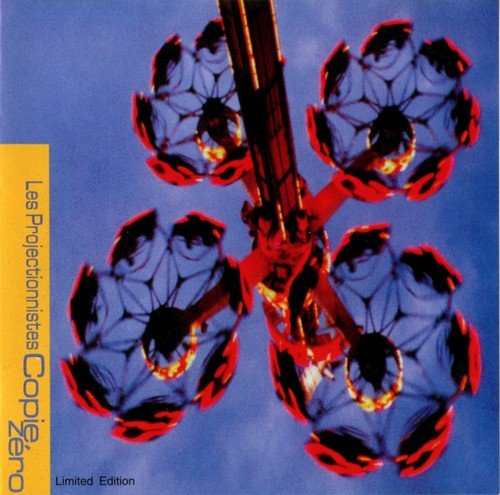
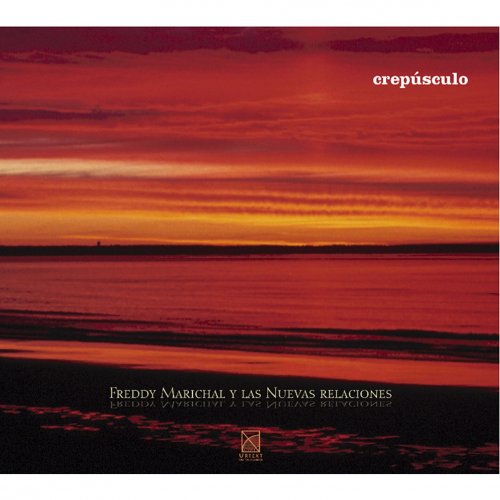
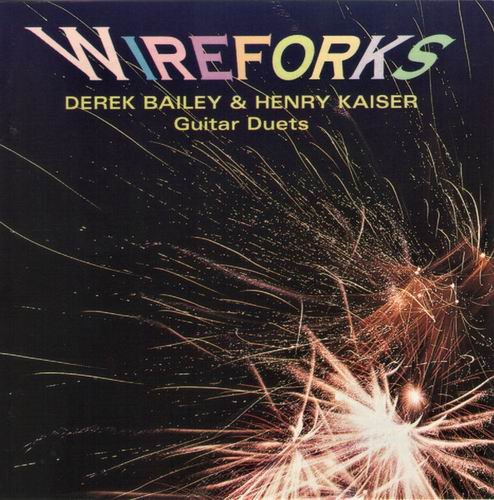
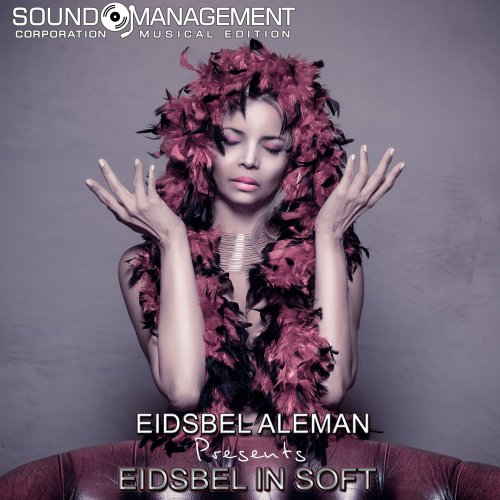
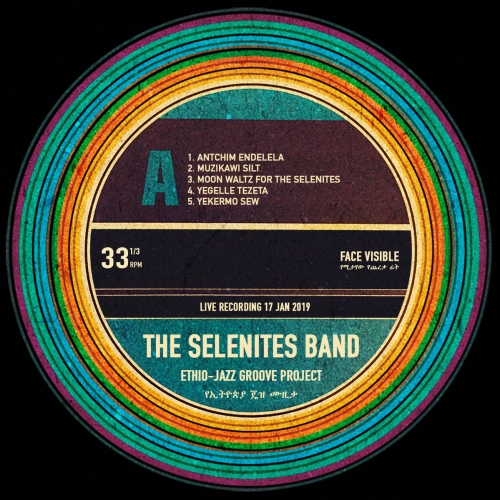
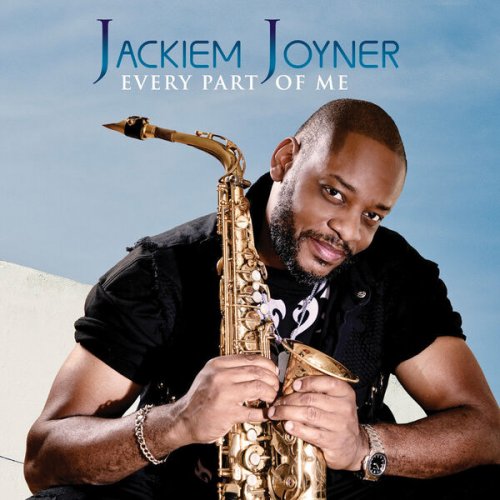

![Belmondo Quintet - InfinityLive (2009) [CDRip] Belmondo Quintet - InfinityLive (2009) [CDRip]](https://www.dibpic.com/uploads/posts/2026-01/1768302788_5.jpg)